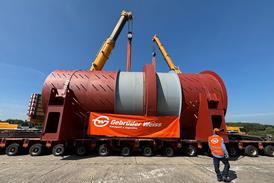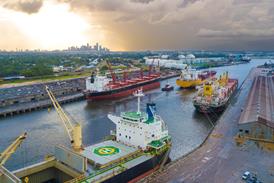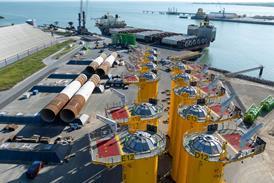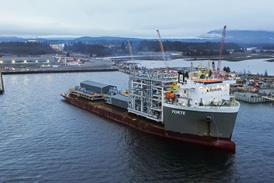The International Longshoremen’s Association (ILA) representing workers on the US East and Gulf coasts said that its members would go on strike on October 1, 2024 if a new contract is not in place.
The union contract is scheduled to expire on September 30, 2024 and the ILA said that an October 1 strike could follow.
On September 4-5, the ILA conducted wage scale meetings that concluded with unanimous support for a coastwide strike. ILA executive vice president Dennis A. Daggett laid out the union’s strike plan: “We must be prepared if we have to hit the streets at 12:01 AM on Tuesday, October 1, 2024.”
On August 14, Sea-Intelligence issued a release stating that the impact on container shipments would be significant. “Using historical data, we estimate US East Coast handling volumes of 2.3 million teu in October, which translates into 74,000 teu per day, split 36,000 on imports and 38,000 on exports. For empties alone, a strike would mean the inability to load 20,000 teu each day,” it reported.
Once a potential strike is over, this buildup of containers would have to be handled on top of the normal flow. “As we estimate the East Coast ports to have 13 percent excess capacity over the expected normal flow of 2.3 million TEU in October, then it would take six days to clear the backlog from one day of strike,” Sea-Intelligence added.
Shippers have been quick to get their goods to/from the market ahead of September 30, something that may account for what has been reported to be a buoyant summer season, contrary to the annual summer slowdown. From a project logistics standpoint, the impact of such a strike is very much cargo specific. Smaller items that can be easily shifted to other modes would benefit from being moved to/from the West Coast. For larger cargoes, that might not be possible.
Philip Brown, BGL global chartering manager for EPC Bechtel, speaking in the JOC’s midyear project and breakbulk cargo webinar, said: “I think, for a lot of our cargos that are coming into the US Gulf Coast, we have enough options, non-union, non ILA options, with private terminals and stevedores that I think that we can continue the flow of cargo without any major disruptions. It’s a bit more of a challenge on the East Coast in the Northeast, and it’s definitely something we have an eye on right now.”
Multipurpose shipping lines contacted regarding the action shared similar views; they are keeping a close eye on proceedings and hope that a resolution can be found ahead of the deadline.
HLPFI reported in June that the ILA suspended negotiations over a new labour contract with the United States Maritime Alliance (USMX). The ILA said the talks were cancelled as automated technology was employed by APM Terminals (APMT) and Maersk to process trucks at port terminals.
Protestations from the ILA related to the new auto gates not requiring unionised labour, specifically longshore checkers, which the organisation claims breach its agreement with the USMX. ILA president Harold J. Daggett described introducing the new technology as having “the sole aim of eliminating ILA jobs through automation.”
Dagget cited Pier 400 at the port of Los Angeles and the introduction of semi-automated cranes at the port of Virginia, which had previously led to job reductions for longshore workers. The union also noted an increase in IT personnel at marine terminals, raising concerns that APM Terminals and Maersk’s IT departments are encroaching on ILA’s jurisdiction. It is was conducting an audit to assess the impact of these technologies on other jobs at marine terminals, with results pending.















